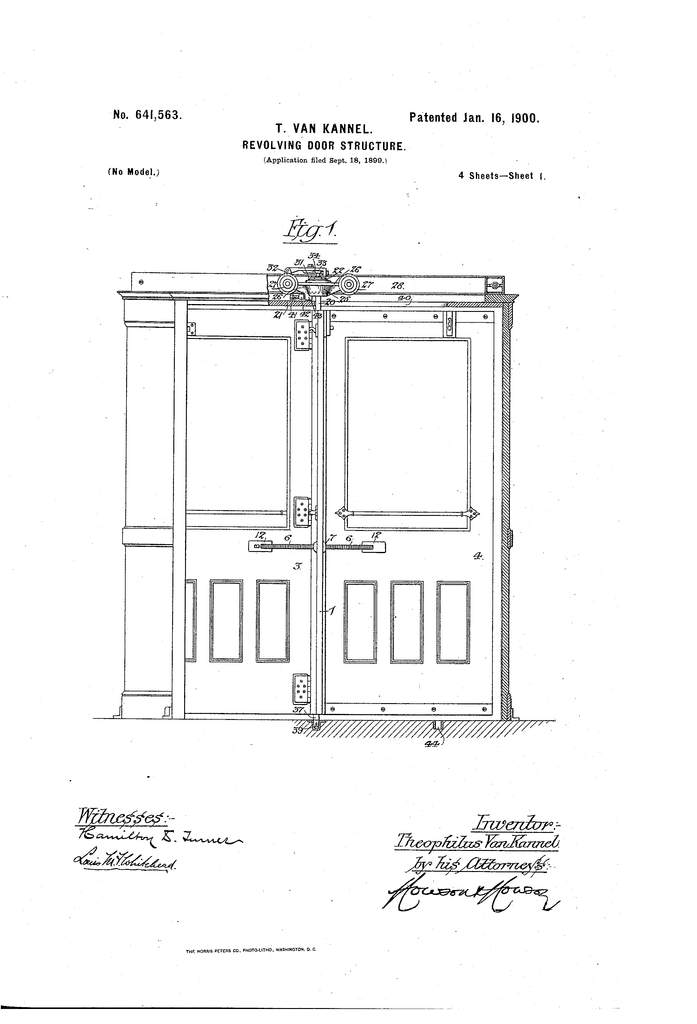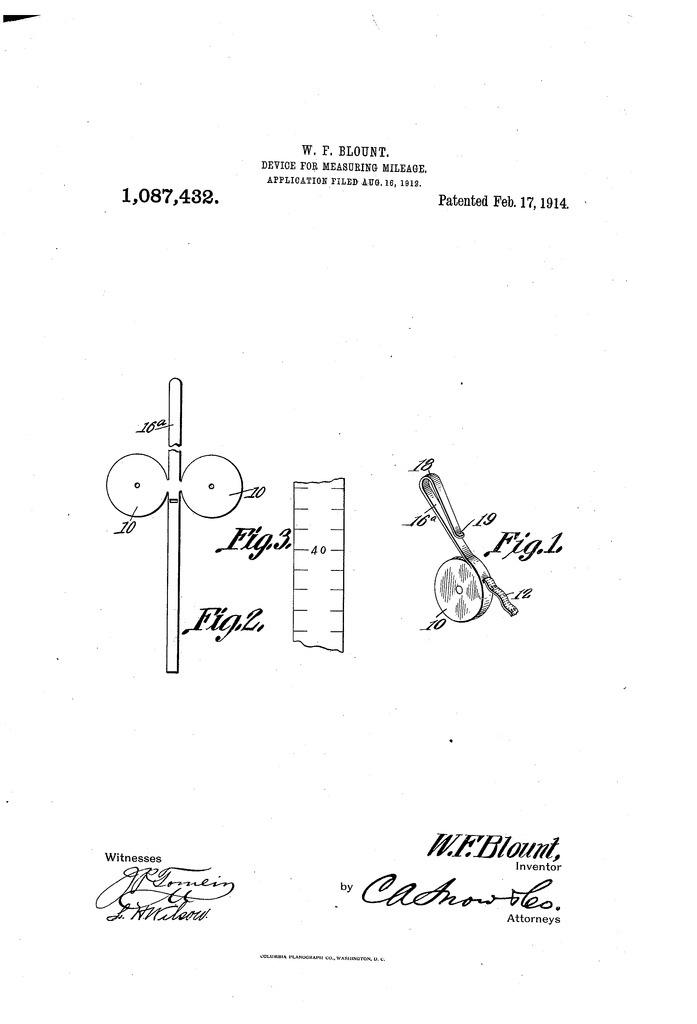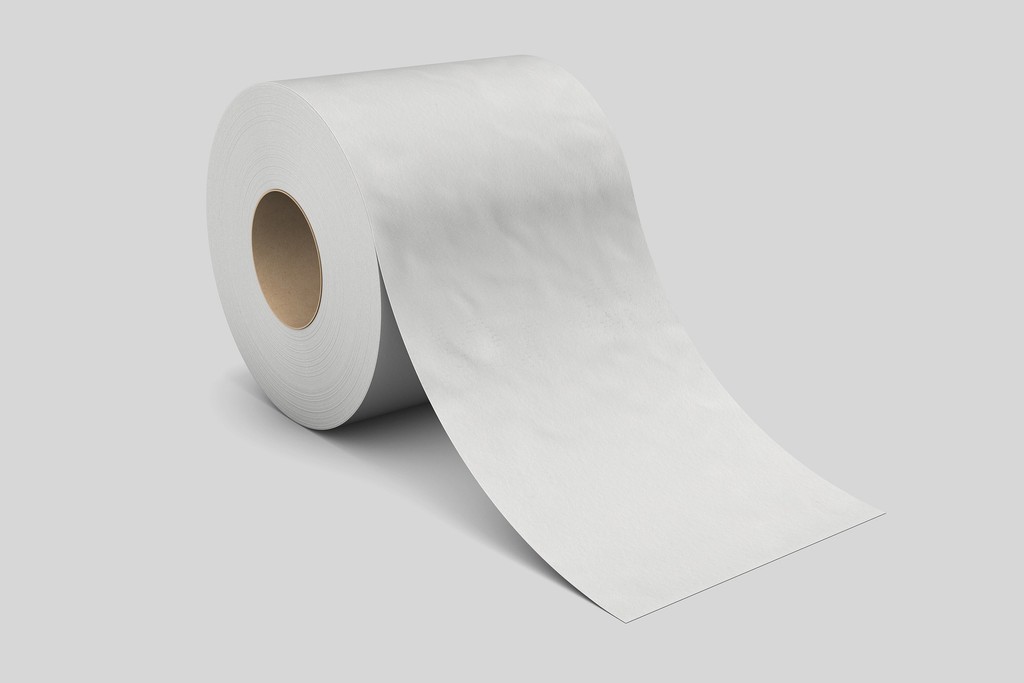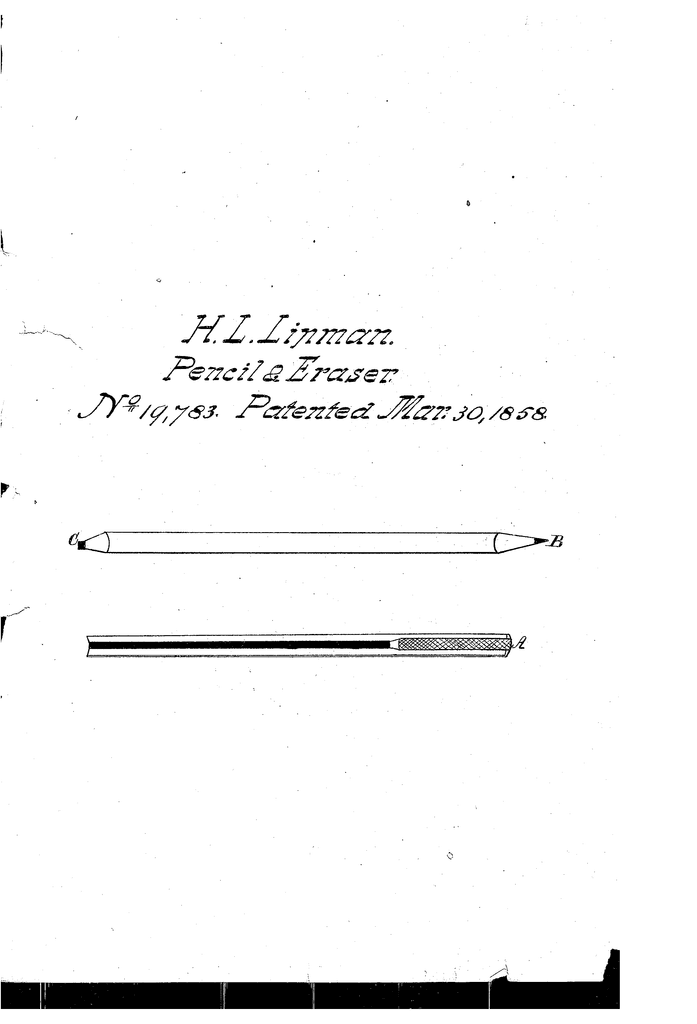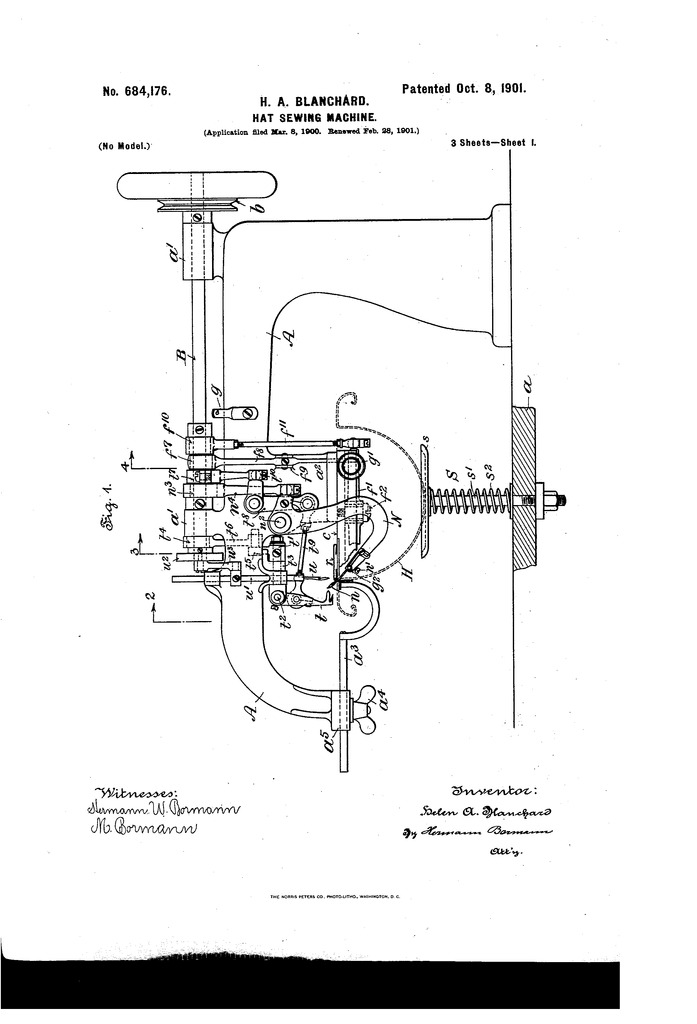Inventors and Patents From the Philadelphia Region
Philadelphia is a city and port that are coextensive to Philadelphia county in southeastern Pennsylvania. Area: 135 sq. miles (355 sq. km). Pop. (2010) 1,526,006 In recent years, the number of Inventors and Patents From the Philadelphia Region has increased dramatically, but the number of collaborations with foreign countries has also decreased.
The number of United Kingdom inventors working with the Philadelphia region decreased from 125 to 40, and inventors from Germany and Japan declined by nearly half.This reduction may be due to the relocation of research-and-development activities.
However, Philadelphia has seen an increase in collaborations with China. In the past two years, the number of Chinese inventors working with Philadelphia has increased by 130 percent. Researchers from Temple University have documented the high levels of international collaboration between Philadelphia-based inventors and international scientists.
They have mapped innovators’ geographic locations and found that Philadelphia-based inventors collaborate with collaborators in countries ranging from South America to Japan to Turkey and Syria. In fact, Philadelphia-based inventors are among the most globally connected of any U.S. city, as measured by the number of patents. The City of Philadelphia is home to an impressive array of inventors and patents.
Image credit: PixabayFree Library of Philadelphia
It can be difficult to patent an invention or trademark a product name. The Patent & Trademark Resource Center (PTRC) library staff is information specialists who are trained in how to use search engines to find patent and trademark information. They can help inventors and small businesses find information that is relevant to their intellectual property.
However, PTRC representatives cannot give legal advice as they are not lawyers. The city ranks 34th in growth of inventors among the top 35 CBSAs. Philadelphia has an active inventor community, which contributes to the city’s economy. The PTRC is home to a number of educational programs to promote patents and inventorship.
The United States Patent and Trademark Office has designated the Free Library of Philadelphia (FLP), as a Patent & Trademark Resource Center, one of three in Pennsylvania and one in eastern Pennsylvania. The mission of the Free Library of Philadelphia (PTRC) is to help inventors and small businesses find the right information to protect their intellectual property.
Inventors Assistance Center
The Inventors Assistance Center (IAC) provides patent assistance and information to the public. The IAC is staffed by former supervisory patent examiners and primary examiners who are available to answer questions and to help you make filing a patent application simple and efficient. The Inventors Assistance Center does the following:
- Answer general questions regarding patent examining policy.
- Answer questions concerning necessary formats and items needed for your patent application.
- Assist you with forms needed and with filling out the forms.
- Provide you with general information concerning patent examining rules, procedures, drawings and fees.
- Send you patenting information and forms via email, USPS mail or facsimile.
- Direct your calls to appropriate USPTO personnel or USPTO.gov webpages, as necessary.
Inventions and Patents
Revolving doors
Theophilus Van Kannel received a patent in 1888 for his first revolving doors. This was an improvement to an existing door that was intended to reduce drafts. Myth says that van Kannel was motivated to create a revolving door because women had no access to it.
People have avoided revolving doors ever since, driven by fear and claustrophobia, as well as the strange terror of another person getting in your revolving door compartment, they are not using them. Scientific fact: Between 20-30% of us don’t use revolving doors if there are alternatives.
Image credit: Google PatentsRoot beer
Similar to gum, the origins of “sassafras”-flavored drinks can be traced back as far as the early 1800s. However, it was Charles Elmer Hires, a Philadelphia pharmacist, who first suggested that it could be sold commercially in 1875. Historical perspective: Back then, pharmacists sold medicinal teas with many ingredients, including tree bark, dandelion ginger, coca and coca.
Hires began selling his sassafras-based root tea out of his shop on Sixth and Spruce. He decided that it would be more profitable to market the product as “root beer” one year later. The rest is history.
The Odometer
It was done in conjunction with the creation of the Postal Service. Franklin traveled for five months to visit existing post offices in 1763 and used an odometer as a way of measuring the roads. Ben can also be credited with the inventions of bifocals and swim fins, as well as the library chair, and streetlights.
Image credit: Google PatentsMonopoly
Charles Darrow, a German town heater seller, invented the king of board games during the Great Depression. He borrowed the idea from Lizzie Magie’s Landlord’s Game in 1924. Her game was intended to be an example of Georgian economics. It teaches people how rents benefit landlords while driving renters into poverty.
Quakers from Atlantic City adopted her game and gave the boards their street names. Darrow sold his printed cardboard version of his iteration at Wanamaker’s department store, which opened in 1934. His game was then sold to Parker Brothers who also purchased Magie’s game. Parker began manufacturing the game every week by 1936.
Image credit: UnsplashThe Lightning Rod
Ben Franklin knew a lot about fire and invented the lighting rod. After a series of experiments, Benjamin Franklin founded the Union Fire Company (a.k.a). In the 1753 edition Poor Richard’s Almanac, he published instructions for the device.
The Ice-Cream Soda
Robert M. Green opened a soda fountain in 1874 to make drinks from syrup, carbonated water, and cream. It was during the semi centennial celebration of the Franklin Institute. He bought ice cream from another vendor to make his own cream when he ran out. He was disappointed when the line at his stand grew long, so he bought some ice cream from a competitor vendor and tried to melt it for himself.
The Toilet Paper Roll
In 1890, brothers Irvin and Clarence Scott of Philly’s Scott Paper Company fed perforated tissue onto rolls and sold it commercially. At first, they didn’t call it “Scott Tissue,” since they didn’t want the family name, erm, soiled. But by 1925, Scott Tissue was the leading toilet-tissue seller in the world.
The Slinky
Penn State grad Richard Thompson James had a boring desk job at William Cramp & Sons shipyard when he accidentally dropped a lot of spare parts. One such part, a coil spring, “walked” across his desk onto books and then down to the ground. He was fascinated by it. He experimented with different tensions and wire types for a year before finding the perfect combination.
He tested it out with children on his block. Betty, his wife, gave it the name “Slinky” because of its distinctive sound. Gimbels displayed the toy in their Christmas display in November 1945. However, sales were slow until James visited the store to show it. Gimbels had sold over 200,000 springs by Christmas.
The American Toy Fair was the year that the Slinky made its national debut. James became a member of a religious cult and gave away his money. Betty continued to persevere and commissioned an earworm advertisement . The company was eventually sold for a lot of money.
Bubble gum
Walter E. Diemer was 23 years old and an accountant at Fleer Chewing Gum Company when he discovered a super-stretchy gum variant. It was named “Dubble Bubble” by the president of the company, and thus was born a brand. Because he only had pink dye on hand, Diemer made the prototype pink. To increase sales, he had to go to shops and teach clerks how to blow bubbles.
The Pencil With Attached Eraser
Pencils have been around since the beginning of time. In Latin, the term “pencil” meant a small, thin brush. Graphite pencils were popularized in the middle of the 1500s. Philly’s Hymen Lipman was the first to patent a version that had a rubber eraser at one side in 1858. The design is popular in America, but it doesn’t seem to be as popular overseas. Prior to Lipman’s invention, graphite pencil marks could be erased by using old bread to rub them.
Image credit: Google PatentsCandy corn
The Halloween candy that you can find year round under your cushions is actually a creation of George Renninger, a local candy maker from the Wunderle Candy Company. The product was initially only popular among local farmers. It was called Chicken Feed at first, but it was mass-produced by the Goelitz Confectionery Company. In 2000, the company was renamed to Jelly Belly Company.
Mr. Blanchard’s inventions
The first manned flight in the United States was achieved by Louis Blanchard in 1817. Though he never made a business of ballooning, his feat brought him fame and public attention. He traveled all over Europe, giving demonstration flights. In the Netherlands, Germany, and Austria, he was the first to make ascensions. He hoped to be the first to cross the skies of the New World, and it wasn’t long before he arrived in New York.
In 1781, Blanchard became fascinated by the flight of birds. He created an ornithopter that had large wings that flapped using hand and foot-levers. He then focused on the development of balloon flight. The first successful balloon flight was on June 6, 1793, with a few paying spectators present.
When Mr. Blanchard finally returned to Philadelphia, he was met with a long line of well-wishers. He was given a warm welcome by the crowd, which had formed in front of his carriage. The crowd was applauding, and the aeronaut removed his plumed hat and acknowledged the crowd below.
Another of Mr. Blanchard’s inventions from the City of Philadelphia includes the Zig-Zag sewing machine. His invention was a game changer. It helped make sewing faster, easier, and more efficient. As a result, he received 28 patents during his lifetime. Of these, 22 of them involved sewing. Many of his inventions have been referenced by other inventors.
Image credit: Google PatentsIn 1873, Blanchard invented the first sewing machine with a zig-zag stitch. This stitch seals seam edges and makes garments stronger. The invention was a huge hit and allowed Blanchard to establish his own company, the Blanchard Over-Seam Company, in Philadelphia. His company was profitable enough to buy back his family’s lost property and he also developed several other inventions, such as a pencil sharpener.
Helen Blanchard was another successful inventor. She improved the sewing machine and patented 28 inventions. After her family’s financial troubles, she started patenting her inventions. She borrowed money to finance her first patent. In the following years, she patented many more innovations.
Her inventions were later sold to Radio Corporation of America. The company was very successful and Blanchard was able to buy her family’s home. Helen Blanchard was inducted into the National Inventors Hall of Fame in 2006. She later turned her attention to helping displaced workers and their families.
Mr. Keely Motor
Keely was an orphan who was raised by his grandparents in Philadelphia. He studied and worked in a variety of fields, including a theatre, painting, and carpentry. He also entertained people by working as a carnival barker and as a mechanic. He also gave demonstrations of his motor on many occasions.
Keely also discovered that sound waves could be used to power a car. This was a breakthrough and was believed to be hundreds of times more efficient than electricity or steam. Keely’s first demonstration of this new method was a hit, and many local businessmen believed him to be a genius. In the end, they invested thousands of dollars in his research, and he formed a company named Keely Motors, which later became a major automobile company.
Keely spent the rest of his life trying to perfect his invention. Although he claimed to have succeeded in the 1880s, his success was not complete. By the end of the decade, the press began to question Keely’s claims, and he was forced to patent his invention. Then he gave a grand demonstration of his invention.
Keely is one of the most important names in American history. His inventions are among the most important in history, and his inventions continue to inspire today. Keely is a famous figure in the city of Philadelphia, and his inventions are among the most widely used today.
https://www.ycombinator.com/documents/
https://techcrunch.com/
https://www.uspto.gov/learning-and-resources/startup-resources
https://www.sba.gov/business-guide/plan-your-business/fund-your-business
https://hbr.org/1998/11/how-venture-capital-works
http://patentpc.com/
http://uspto.gov/
Free Patent Filing Assistance in Chicago
Inventors and Patents From the City of Lincolnshire
Free Patent Filing Assistance in New Hampshire
Inventors and Patents From the City of Tacoma
Free Patent Filing Assistance In South Dakota

